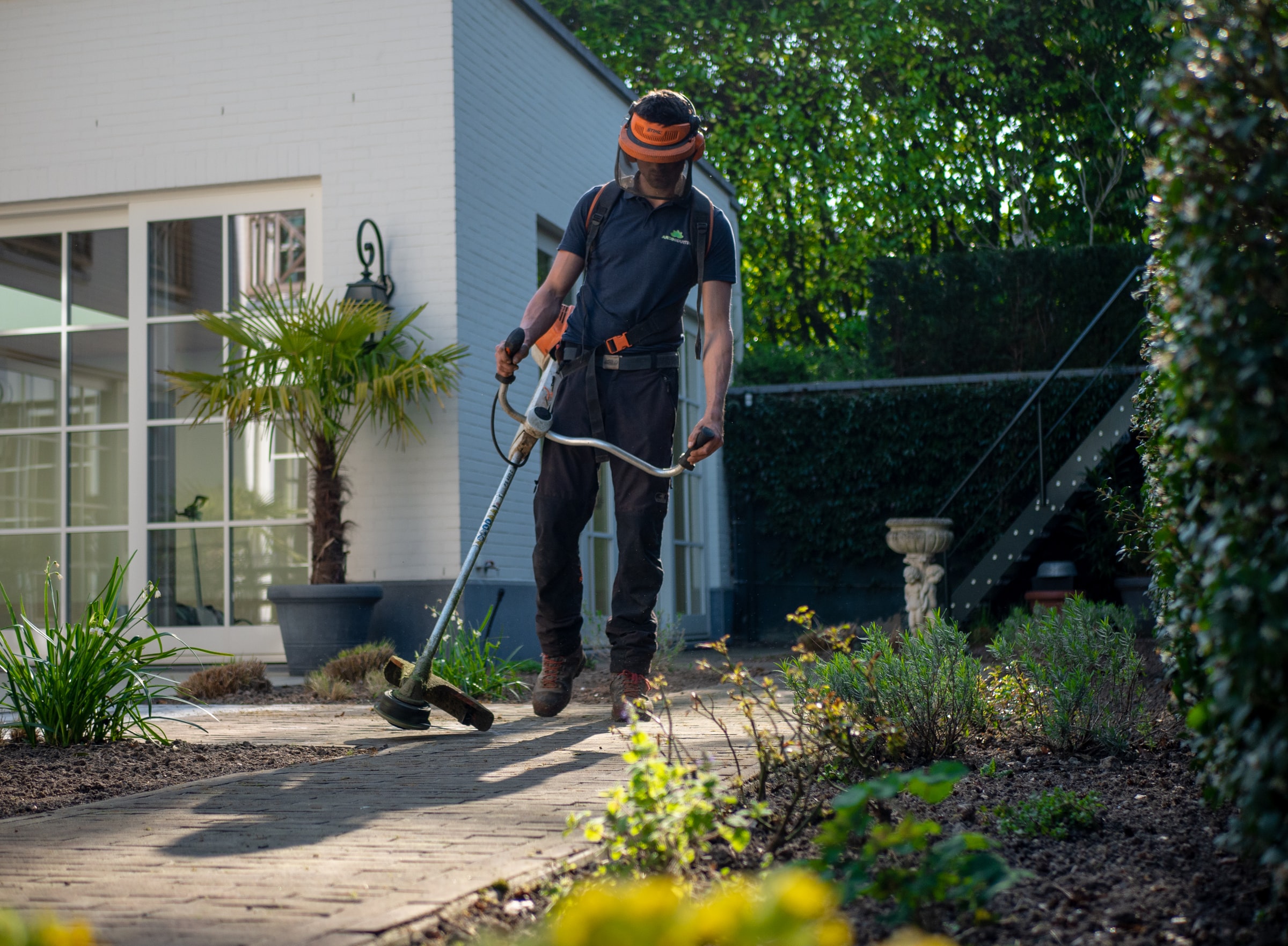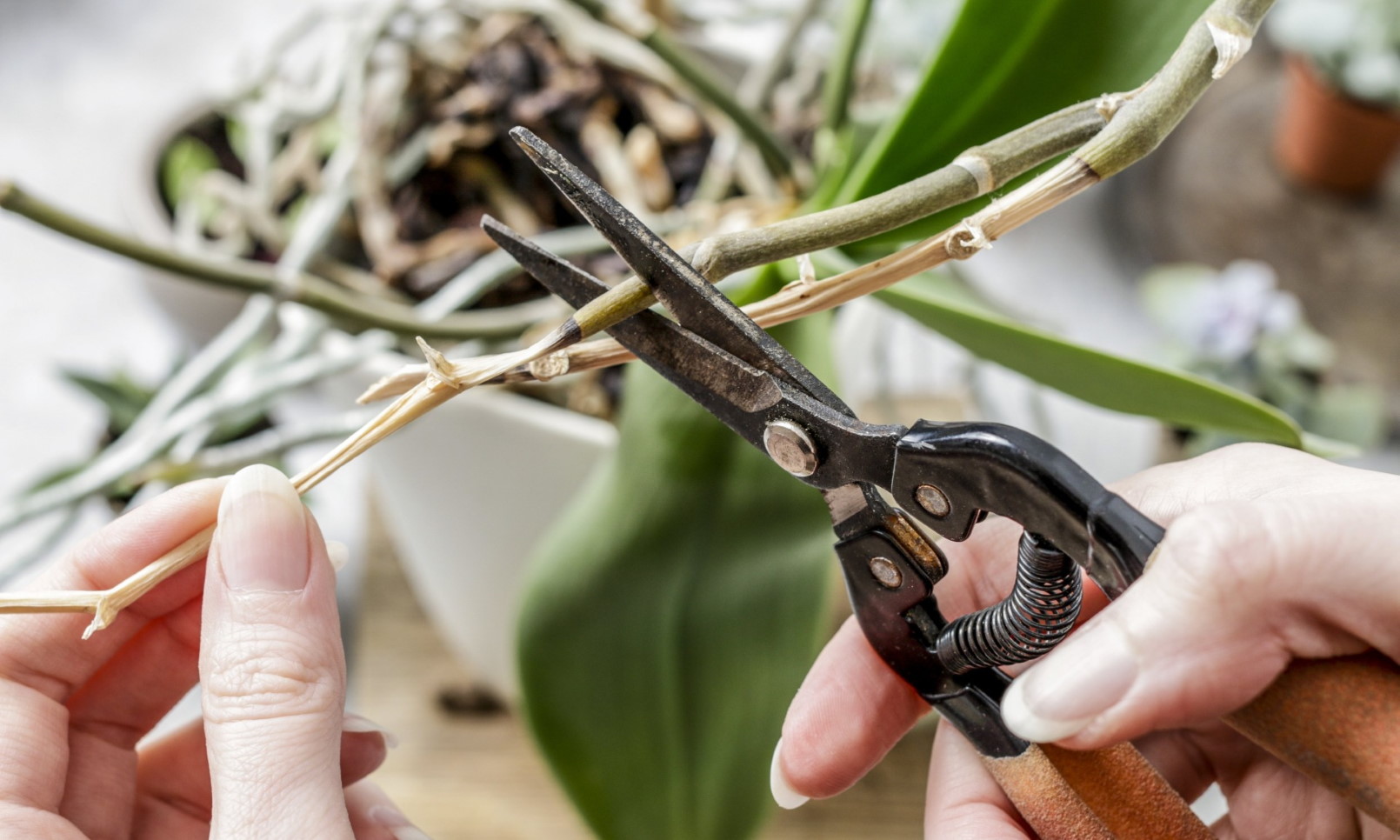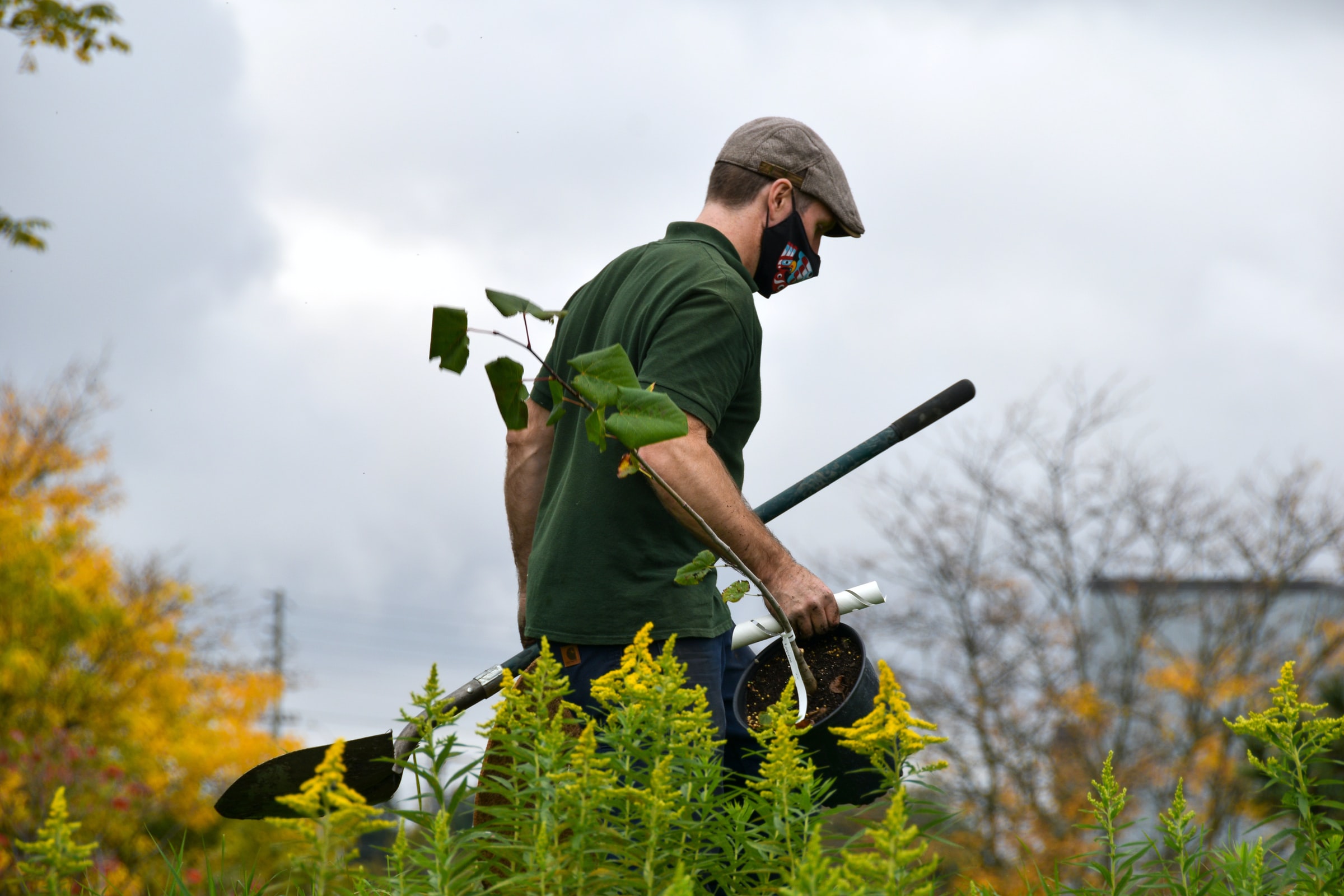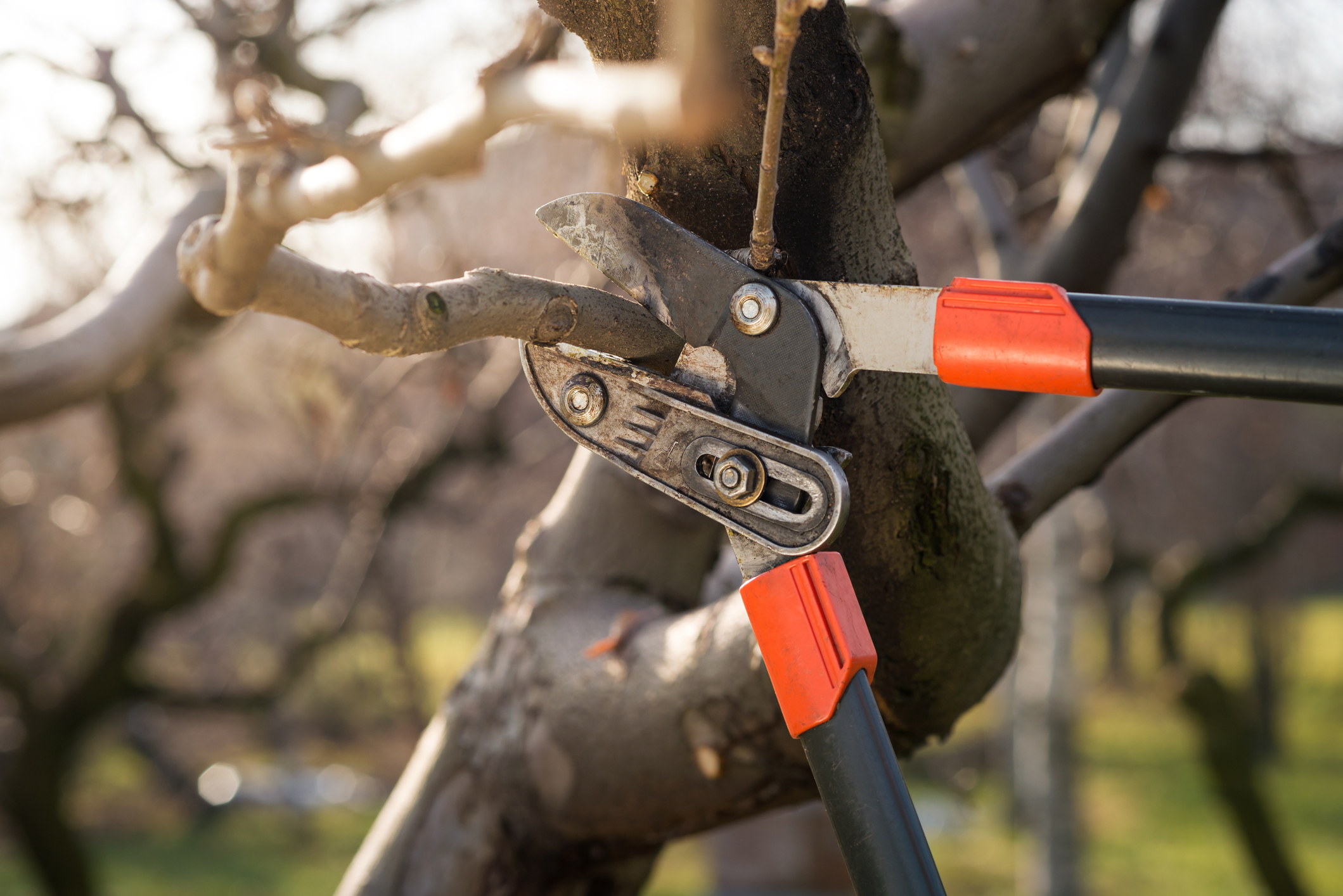Large trees and fruit trees are best suited to create a large garden. However, they need to be cared for to bring out the style of garden you want.
What is the purpose of tree work?

Tree work encompasses all the operations that allow you to grow trees properly. In general, the objective is to make the tree grow straight or in a specific shape. In some cases, especially for fruit trees, the goal is to promote fruiting. In addition to aesthetic and productivity objectives, some trees also need to be maintained for safety reasons. Indeed, heavy rains can cause the fall of certain branches or even uproot the tree.
What is tree pruning?
Pruning is a pruning process, mainly performed on forest or fruit trees. The principle consists in eliminating dead branches and reducing the components. The objective is to allow the tree to develop correctly and have a straight bearing. In general, this operation is to be carried out every year, in the case of plants in total growth.
When the tree has reached its final size, you can be satisfied with a pruning every 2 years. The frequency can even go from 4 to 5 years if the tree is 10 years old. However, there are cases where it is mandatory to prune trees, especially when they present a danger to the neighborhood.
What are the different pruning procedures?
Arborists can offer you different pruning services depending on the results you expect.
Directional pruning

Directional pruning is performed to redirect the growth of the tree. The objective is to ensure that the branches grow aesthetically along a well-defined line. It is also done to prevent the tree from growing out of your property in some cases. In addition to directional pruning, safety pruning can be used. The principle is to eliminate dead branches, which represent a danger to others.
Thinning pruning
Thinning pruning is done to promote the health of the tree. Dead or diseased branches will be eliminated during this operation. Note that pruning is usually done in the fall.
What other maintenance should be done?
In addition to pruning, trees may need additional maintenance. In some cases, pruning may not be sufficient to maintain the tree’s habit. Therefore, bracing is necessary. During this operation, safety accessories will support the tree. This can be done with cables or wires. If necessary, the tree will need to be felled.
What is fruit arboriculture?
As the name implies, Fruit growing is specialized in the production of fruit trees. The aim is to promote the production of fruit qualitatively and quantitatively. To promote the growth and multiplication of your plants, you will need to provide fertilizer and perform periodic maintenance.
The maintenance of the fruit trees passes by 3 principal stages:
- The training pruning consists in giving its shape to the tree. The branches are thus shortened to avoid having too much wood.
- The maintenance pruning aims to eliminate sick or dead branches.
- The fruiting pruning, whose goal is to favor the production of fruit. Indeed, fewer branches mean less nutrient intake, allowing the tree to concentrate more on fruit production.
The maintenance of fruit trees is mainly done in autumn, except for the fruiting pruning, which can be done in winter. The objective is to encourage sap production in the spring.
Extra Tips:

- Because it reduces sap loss, pruning in the late fall or early winter is less stressful for the tree. Pruning during this period is also advantageous to the tree because the “wound” you create is less likely to be infected by insects or fungus, both of which are active in the late fall and early winter.
- Even though sanitizing your pruning tools is largely pointless if you avoid cutting into cankers and clearly sick areas of trees, it is always a good idea to be cautious and clean your pruning tools with alcohol (or any other household cleanser) after each cut of a diseased tree.
- Before getting on to the next bush or tree, I suggest that you should also wipe or dip the blades with a disinfectant-impregnated towel after trimming a healthy tree. Contaminated pruning tools and equipment can transmit diseases.
Sound off in the comments section below and tell us what you want to read next and if you want to read more about trees.



